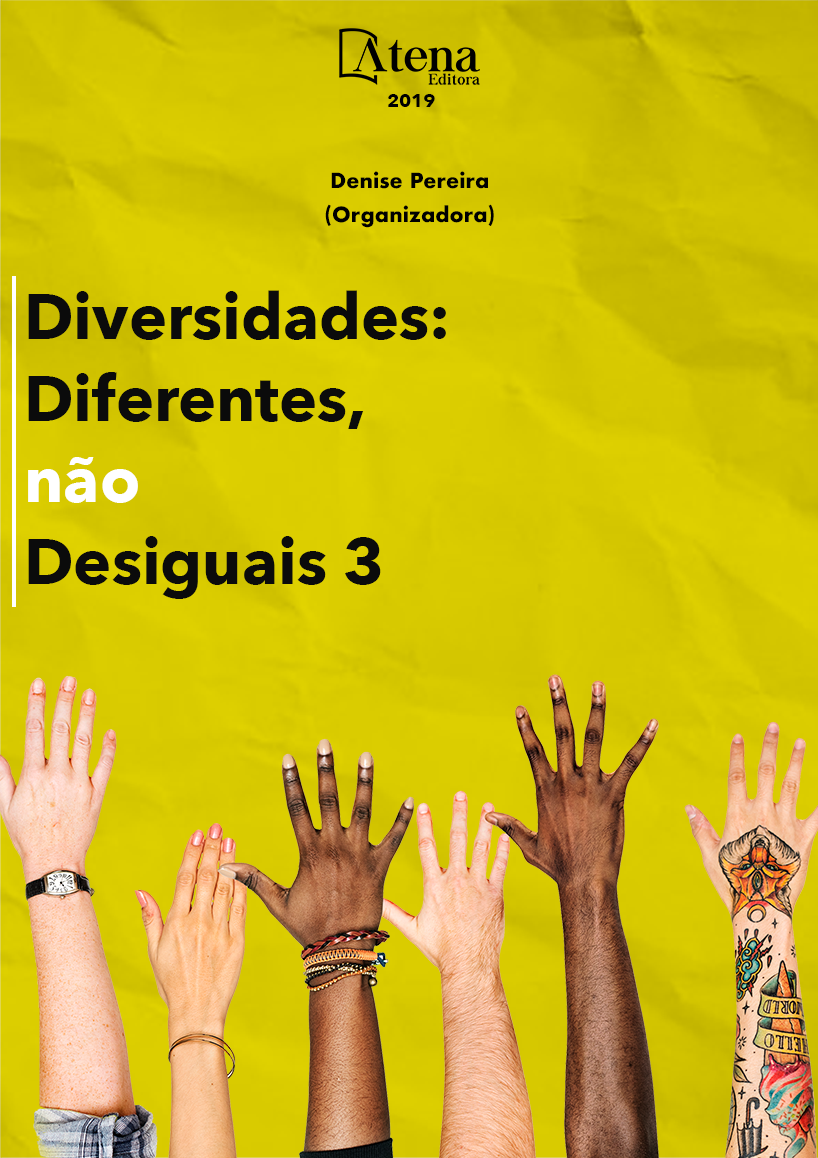
“NOVO MUNDO”: ENTRE A CARICATURA E A VEROSSIMILHANÇA
O trabalho aqui em destaque tem
como objetivo perscrutar as nuances que
compõem a representação da história indígena
no Período Colonial brasileiro na telenovela
Novo Mundo, da Rede Globo. Tendo em vista a
construção das personagens que representam
a tribo da Aldeia Tucaré e o alcance que tal
ferramenta midiática dispõe na propagação de
ideias, busca-se, com isso, analisar a qualidade
da verossimilhança na obra televisiva, e em que
momento a arte se confunde com a caricatura
estereotipada da cultura indígena, resultando
em uma possível desvalorização à imagem do
índio hodiernamente. Desta forma, abraçamos
nossas perspectivas através das pesquisas de
Baniwa (2006), Gombrich e Eribon (1998) e
D’onofrio (1995), que defendem a valorização
e o reconhecimento do “ser indígena” no Brasil.
Em um país multicultural como o nosso, é
imprescindível edificar pontes de pensamento
que fortaleçam a igualdade e o entendimento
sobre os mais diversos povos que constituem
nossa nação.
“NOVO MUNDO”: ENTRE A CARICATURA E A VEROSSIMILHANÇA
-
DOI: 10.22533/at.ed.92619050225
-
Palavras-chave: Cultura Indígena; Representatividade; Verossimilhança.
-
Keywords: Indigenous Culture; Representativeness; Verisimilitude.
-
Abstract:
This work aims to examine the
nuances that compose the representation of
indigenous history in the Brazilian Colonial
Period in the soap opera Novo Mundo, Rede
Globo. Considering the construction of the
characters that represent the tribe of Aldeia
Tucaré and the scope that such media tool has
in the propagation of ideas, we seek to analyze
the quality of verisimilitude in the television
work, and at what point art confuses with the
stereotyped caricature of the indigenous culture,
resulting in a possible devaluation to the image
of the Indian nowadays. In this way, we embrace
our perspectives through the research of Baniwa
(2006), Gombrich and Eribon (1998) and
D’onofrio (1995), who defend the appreciation
and recognition of “being indigenous” in Brazil.
In a multicultural country like ours, it is essential
to build bridges of thought that strengthen
equality and understanding of the most diverse
peoples that constitute our nation.
-
Número de páginas: 15
- Vanessa de Carvalho Santos
- Maria Luand Bezerra Campelo


